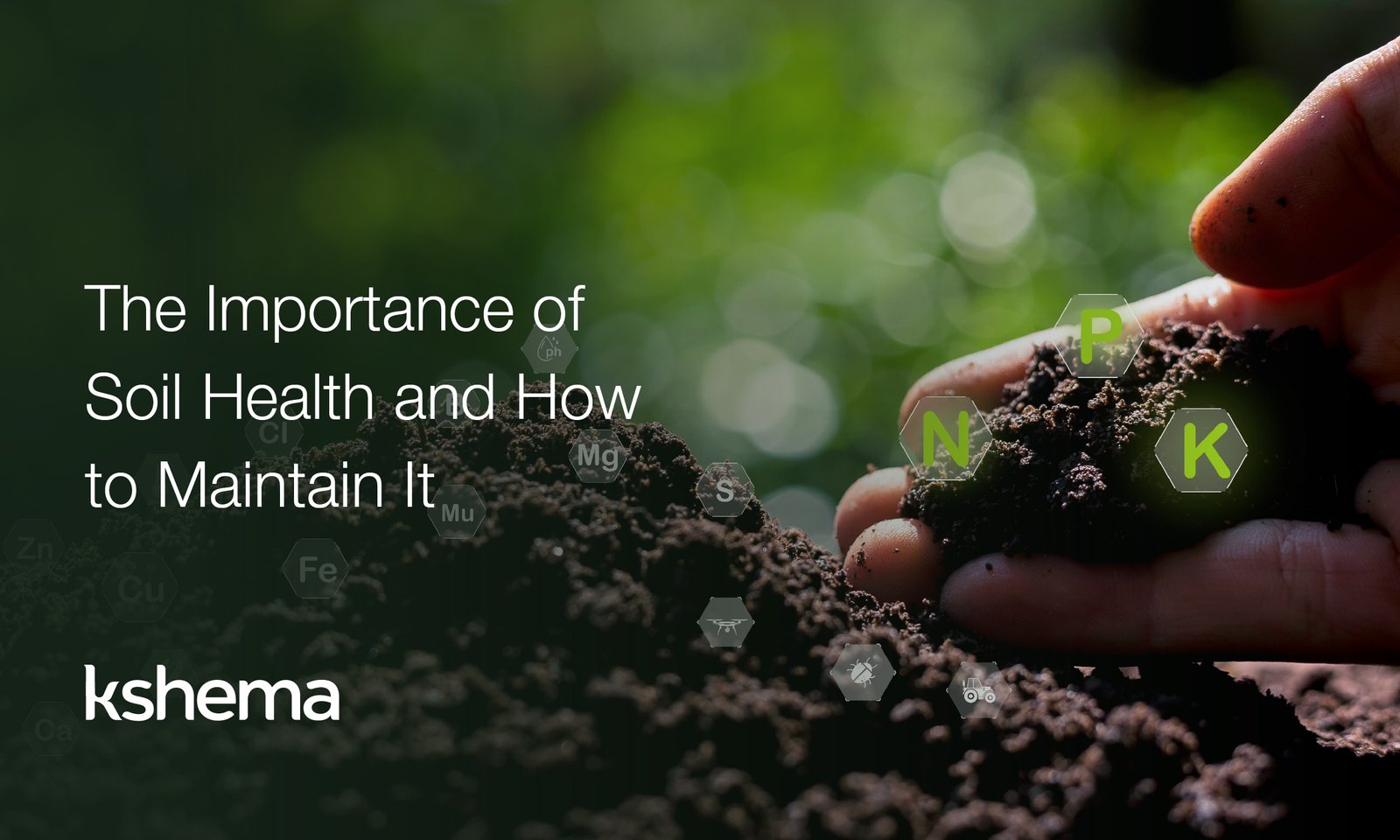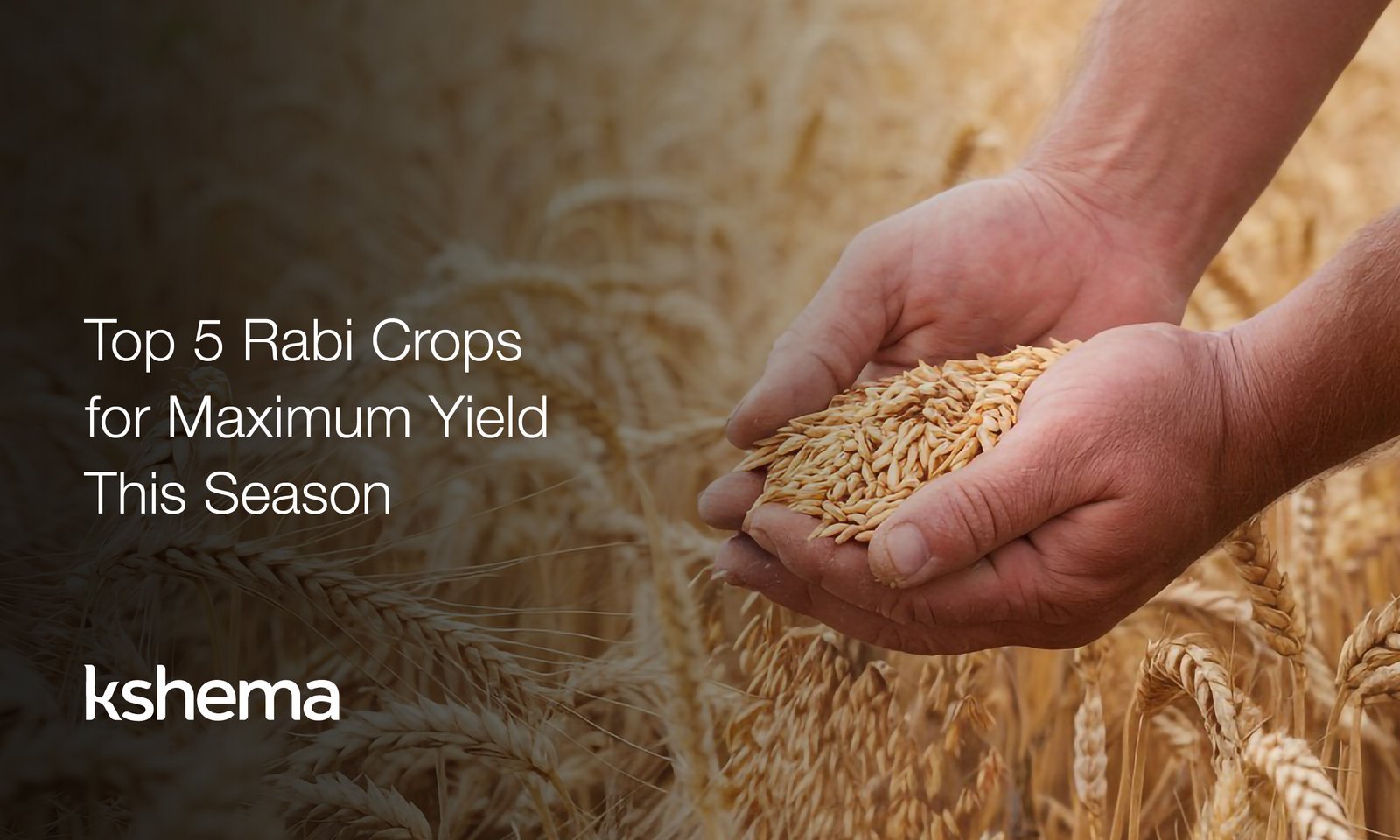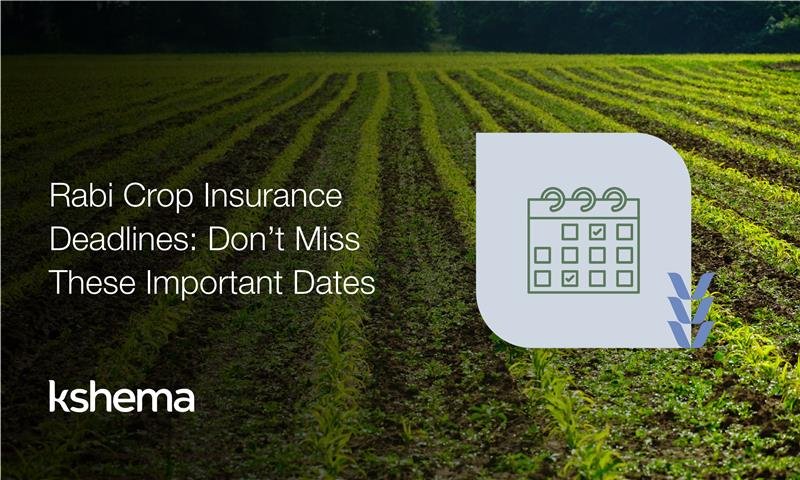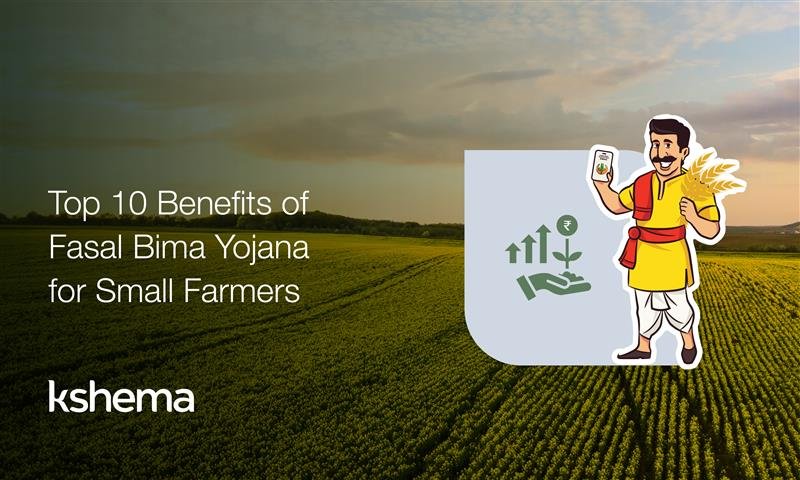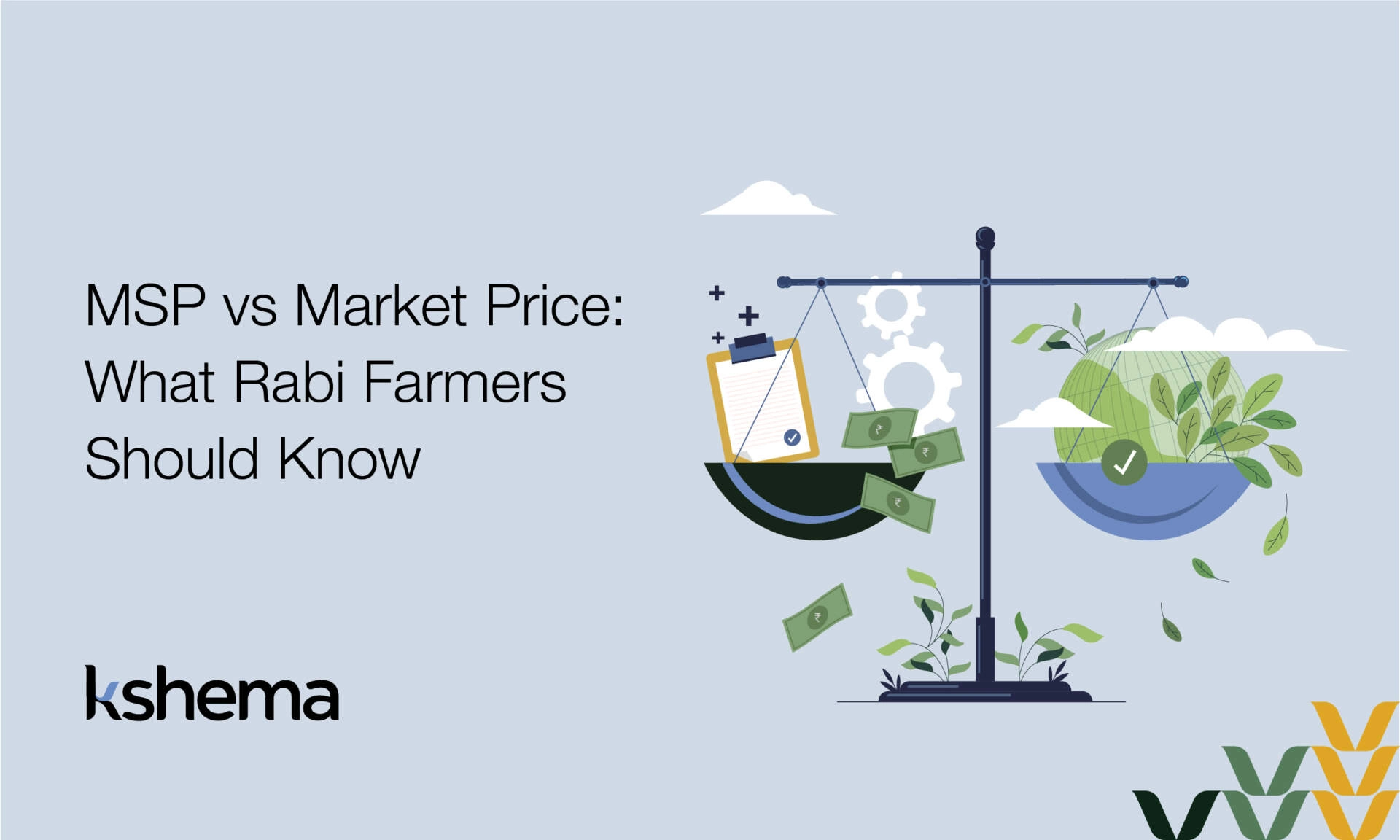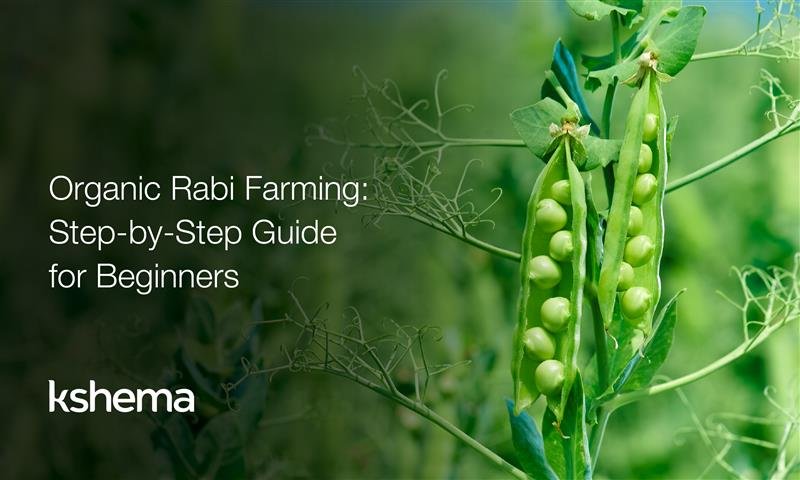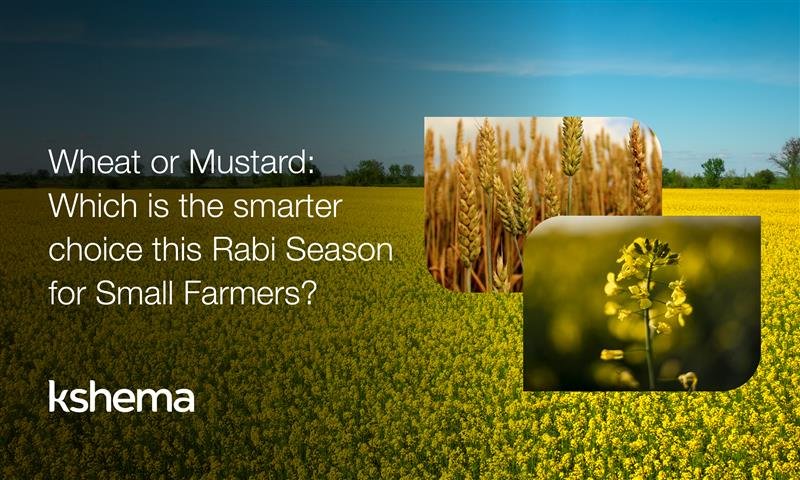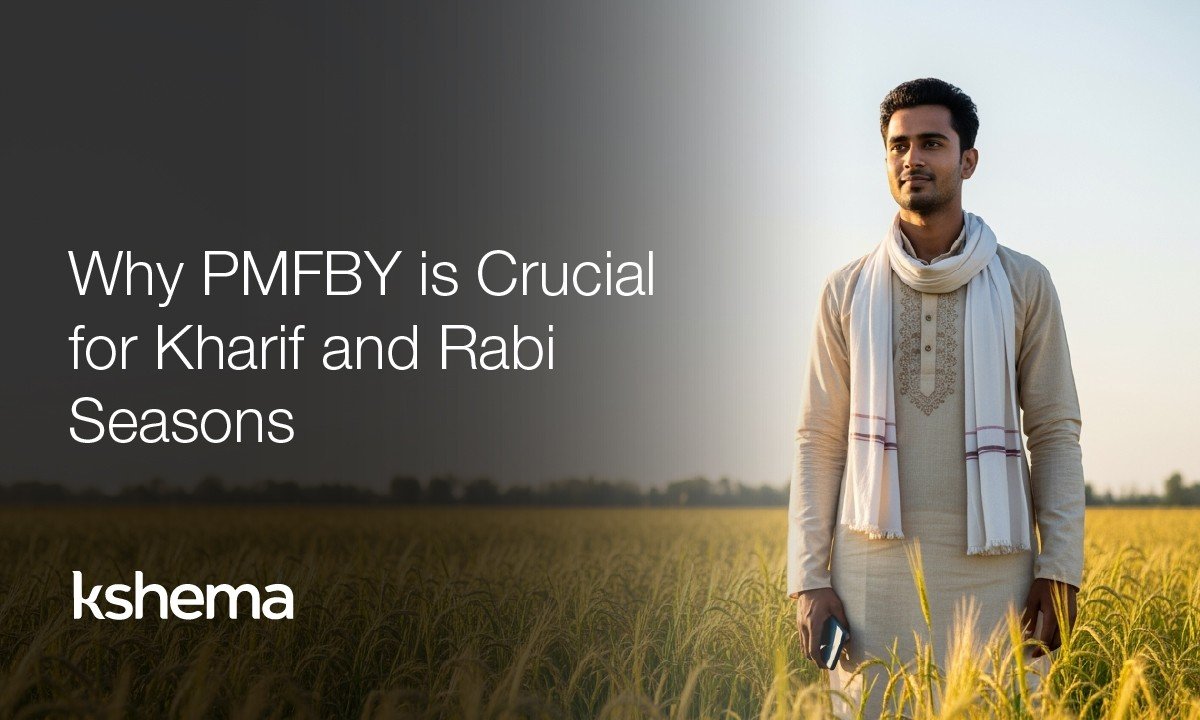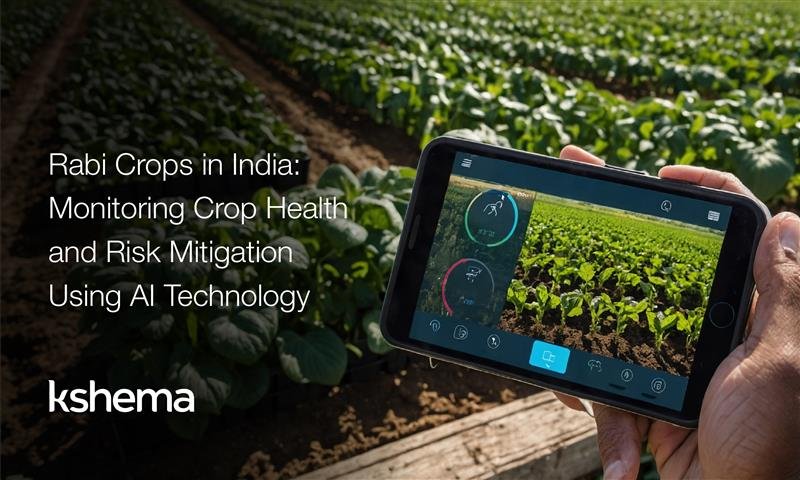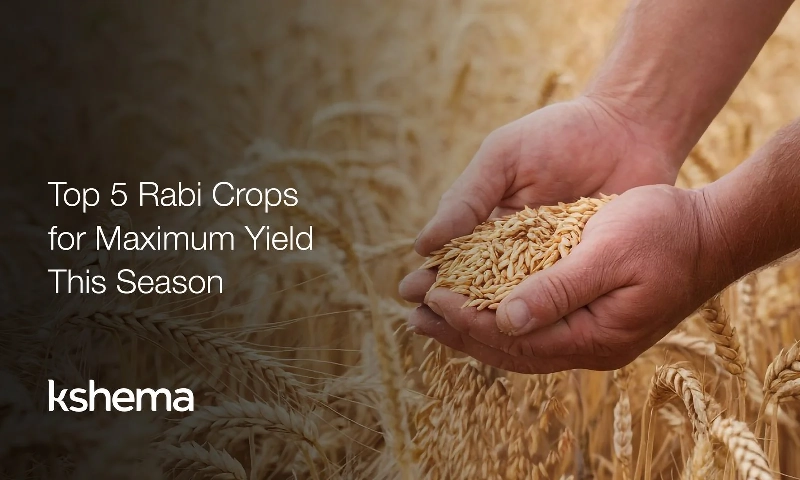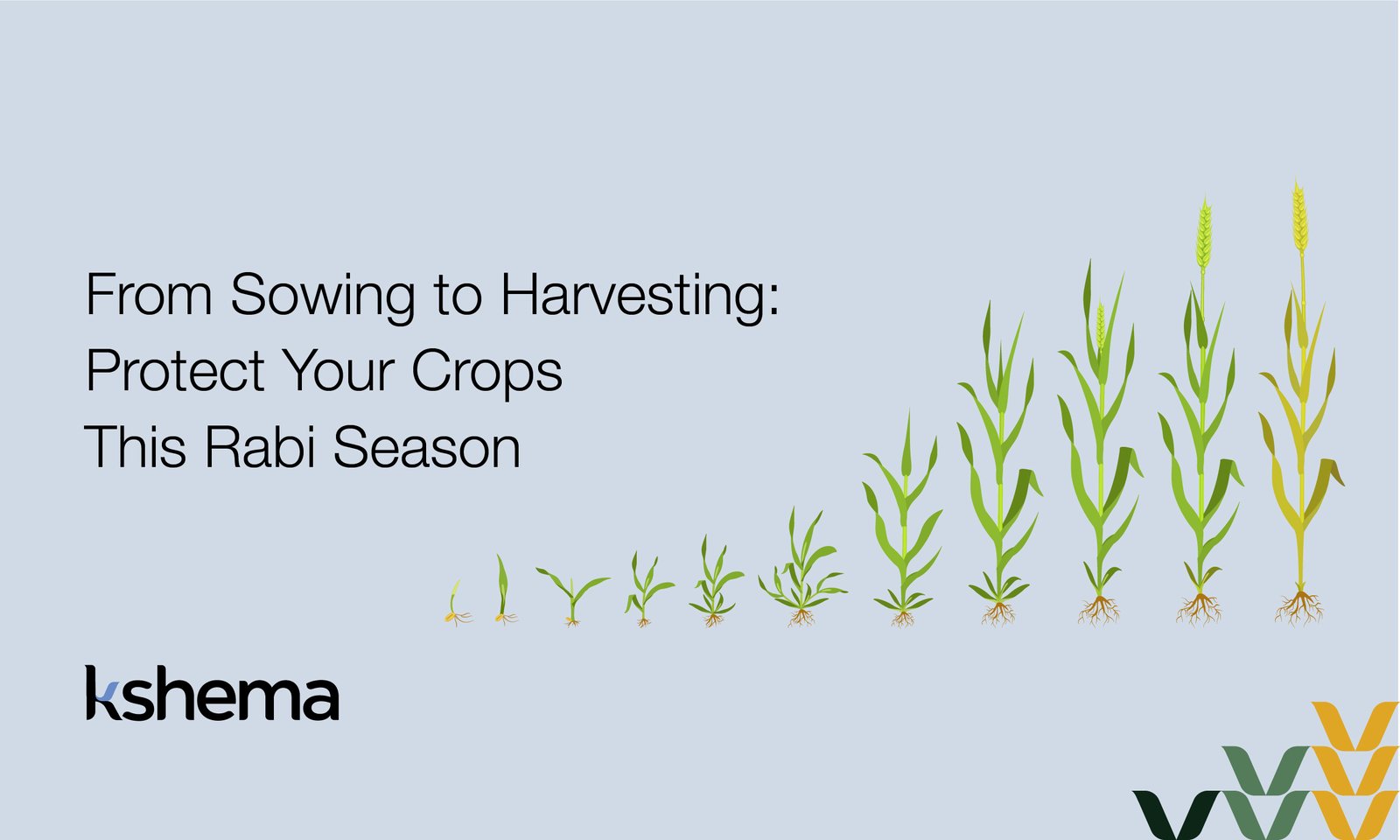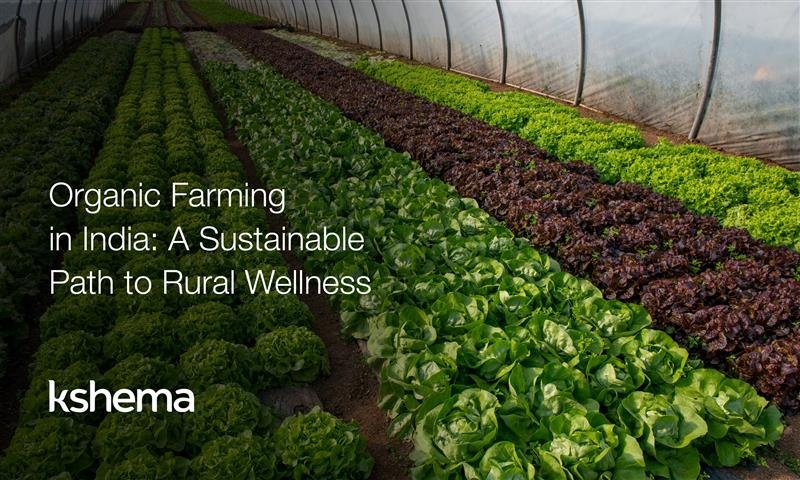The Importance of Soil Health and How to Maintain It for Sustainable Agriculture
Soil is the base of agriculture. A mixture of organic matter, minerals, gases, liquids, and organisms, almost magical in its qualities, that holds and nurtures life. It helps us grow food to put on our tables every day that in turn sustains us. Therefore, understanding the importance of soil health is essential for better yields, sustainable agriculture, environmental protection, and food security. In this blog, we’ll explore the importance of soil health and share practical tips to keep it fertile and productive for future generations.
Understanding the Importance of Soil Health
Key Benefits of Healthy Soil
1.Sustainable Agriculture:
Healthy soil is the backbone of sustainable agriculture. It supports plant growth by providing essential nutrients, retaining moisture, and promoting root development. When soil health is compromised, crops become more vulnerable to diseases, pests, and environmental stress, resulting in reduced yields and a greater reliance on chemical fertilizers and pesticides.2.Water Retention and Quality:
Healthy soil acts as a sponge, absorbing and holding water, which is essential for plant growth. It also filters water, removing pollutants and preventing runoff that can lead to waterway contamination. In contrast, degraded soil with poor structure is more prone to erosion and nutrient leaching, which can degrade water quality and contribute to issues like algal blooms.3.Biodiversity:
Soil is home to a vast array of organisms, ranging from bacteria and fungi to earthworms and insects. These organisms play a crucial role in breaking down organic matter, cycling nutrients, and maintaining soil structure. A diverse and balanced soil ecosystem is essential for maintaining soil health, and in turn, supports above-ground biodiversity, including crops and natural vegetation.4.Carbon Sequestration:
Healthy soil can capture and store carbon dioxide from the atmosphere, helping mitigate climate change. This process, known as carbon sequestration, is vital for reducing greenhouse gas levels and maintaining a stable climate. Degraded soils, however, can become a source of carbon emission and contribute to global warming.5.Food Security:
The quality of the soil directly impacts the quality and quantity of the food we produce. With the global population expected to reach 10 billion by 2050, maintaining soil health is essential to ensure we can continue to produce enough food to feed everyone. Healthy soil benefits not only agriculture but also human life by ensuring nutritious food and clean water.Practical Tips to Maintain Soil Health
Practice Crop Rotation:
Growing the same crop year after year depletes soil nutrients and increases the risk of pests and diseases. Crop rotation involves planting different crops in sequence to break pest and disease cycles, improve soil structure, and boost nutrient availability.
Grow Cover Crops:
Cover crops, such as clover or rye, are planted during the off-season to protect and enrich the soil. They help prevent erosion, suppress weeds, and improve soil fertility by fixing nitrogen or adding organic matter when they decompose.
Minimise Tillage:
Tillage, or plowing, can disrupt soil structure, reduce organic matter, and lead to erosion. Reduced or no-till farming practices help preserve soil structure, enhance water infiltration, and promote the activity of beneficial soil organisms.
Use Organic Matter:
Compost, manure, and other organic materials are excellent sources of nutrients and organic matter for the soil. Regularly adding organic matter can help improve soil structure, water retention, and nutrient availability. It also provides food for the soil organisms that contribute to a healthy soil ecosystem.
Implement Integrated Pest Management (IPM):
Rather than relying solely on chemical pesticides, IPM involves a combination of biological, cultural, and mechanical methods to control pests. By reducing the use of chemicals, IPM helps maintain soil health by minimising the disruption of beneficial soil organisms and reducing the risk of chemical contamination.
Read also : Sustainable Farming Practices Every Farmer Should KnowManage Soil pH:
Soil pH affects the availability of nutrients to plants. Most crops grow well in slightly acidic to neutral pH (6.0-7.0). Regular soil testing and the application of lime or sulfur can help maintain the optimal pH for crop growth and nutrient availability.
Ensure Proper Irrigation:
Over-irrigation can cause waterlogging, soil compaction, and nutrient leaching, while under-irrigation can stress plants and lower yields. To avoid these issues, use efficient irrigation methods, such as drip or sprinkler systems, to deliver adequate moisture without overwatering.
Promote Biodiversity:
Encouraging biodiversity in and around the fields can improve soil health. Diverse plant species enhance soil resilience by supporting various soil organisms and promoting nutrient cycling.
Crop Insurance and Soil Health
Read Also: https://indiantelevision.com/mam/tvc/kshema-general-insurance-launches-campaign-to-raise-awareness-about-crop-insurance-240615


